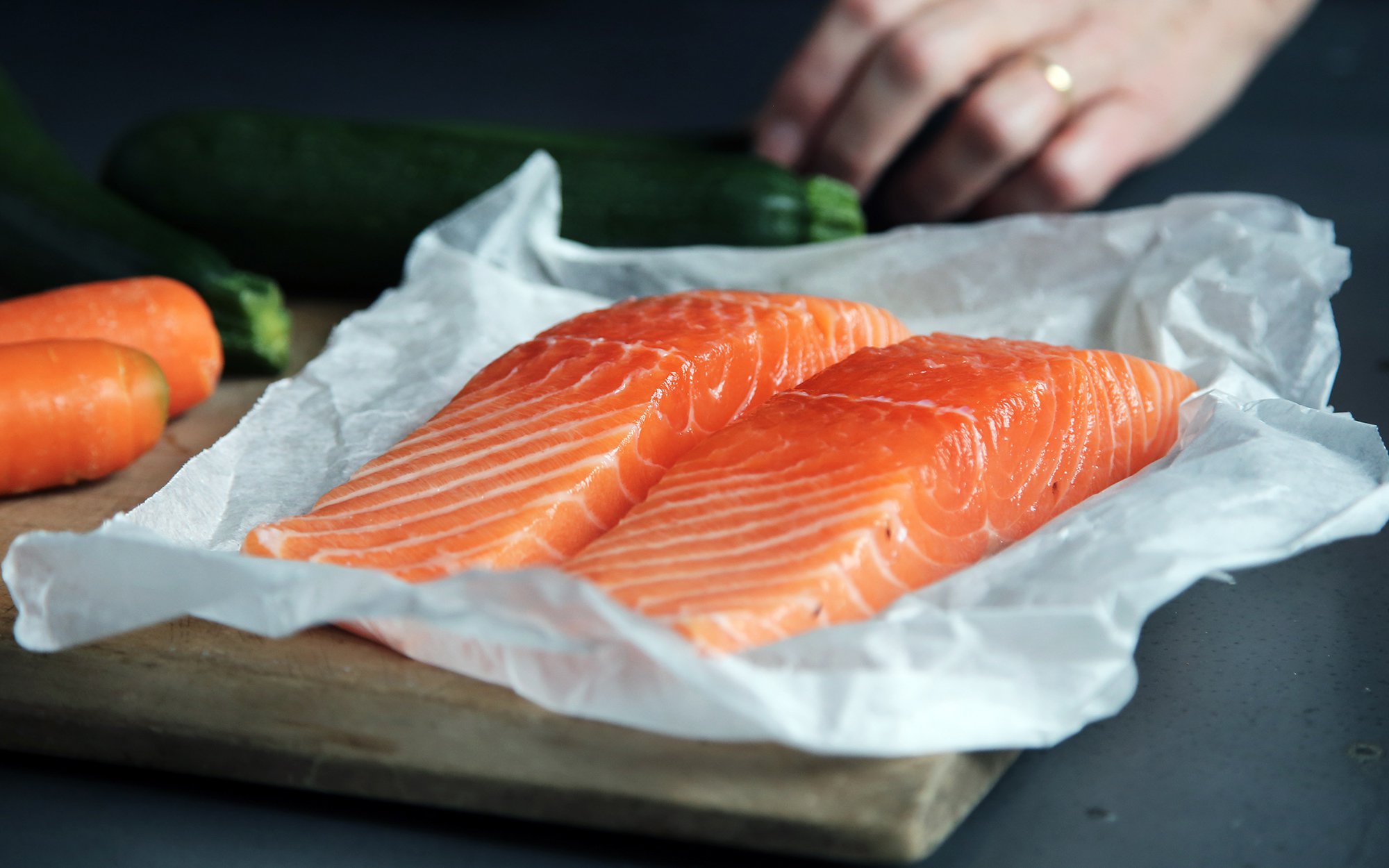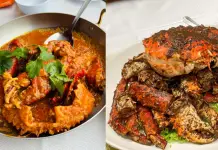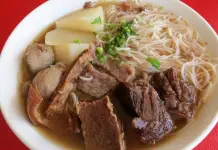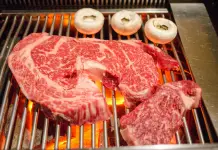There are many types of foods and drinks around the world. Some of them can be easily found or widely consumed by most people but some others are banned in certain countries due to the likes of health or social concerns. Here are 10 Banned Food From Around The World that you might take notes on!
1) Chewing Gum (Singapore)
For most of us, chewing gum may be harmless. But not for Singapore, which banned chewing gum back in 1992 since many irresponsible people chose to dispose of them in unlikely places such as sidewalks, bus stops, elevator buttons, mailboxes and even the automatic doors of the Mass Rapid Transit (MRT) trains. The result of that? Costing the government a lot of money to remove the discarded chewing gum. The ban was subsequently imposed in order to maintain cleanliness on the island. However, the chewing gum ban in Singapore was revised in 2004. It was also partially lifted, where the sale of chewing gums with therapeutic values such as nicotine gums and dental-health gums are only allowed for the public.

2) M&Ms (Sweden)
The famous chocolate candy that “melts in your mouth, not in your hand” is no stranger to every Malaysian regardless of young or old. But did you know that this pack of M&Ms happens to be outlawed in… Sweden? Believe it or not, it all happened in 2016 when a Swedish court (Stockholm’s Svea Court of Appeals) ruled against the Mars, Incorporated — the company that gave us M&Ms — due to a trademark issue with Mondelez’s Marabou chocolate brand over the similarity of a lowercase “m”.

3) Ketchup (France)
Chilli sauce and ketchup (or tomato sauce, as we like to call it here) are pretty common in Malaysia. They are no doubt a popular condiment made versatile for almost all kinds of dishes. But not in France, where the government imposed a tight restriction against the use of ketchup in 2011 in every school cafeteria nationwide all for the sake to promote healthy eating as well as protecting the integrity of the traditional Gallic cuisine. Except for the fact that ketchup can be allowed to pair with French fries and even so, it can only be served once a week. Strange but true.

4) Raw Milk (United States)
Although milk is regularly consumed by many Americans, the US Food and Drug Administration (FDA) has imposed a ban against the interstate sale of raw milk a.k.a. unpasteurised milk. However, the ban does not apply to all 50 states in the US as some states such as Alabama, Colorado, Florida, Hawaii, New Jersey and Ohio are prohibited from selling raw milk. Apparently, consuming raw milk is risky due to harmful bacteria and germs that are able to cause sickness or even death.

5) Kinder Surprise Eggs (United States)
The Italian-based Kinder brand is famous for its egg-shaped packaging that is able to split into two halves. One half would be milk chocolate and the other half contains a toy. That Kinder in question is otherwise known as Kinder Joy, which can be found in the US grocery stores and supermarkets. But Kinder Surprise eggs are unfortunately banned in the US since these particular egg-shaped chocolates contain an inedible plastic toy located in their centre. This proves to be dangerous for small children as they possess a choking hazard.

6) Farm-Raised Salmon (Australia & New Zealand)
Consuming salmon is supposed to provide plenty of health benefits. This famous pinkish-orange fish is notable for its omega-3 fatty acids as well as selenium and vitamins. It helps to boost your immune system as well as improving brain and heart health. However, not every salmon is deemed as healthy food. This is especially true for farm-raised salmons a.k.a. Atlantic salmons. They are particularly banned in Australia and New Zealand due to the harmful environmental issues with farm-raised salmons.

7) Artificial Colours And Dyes (Austria & Norway)
Artificial colours and dyes that are used on food products including Yellow 5, Yellow 6 and Red 40 are banned in Austria and Norway. These types of colourings and flavourings are deemed to be hazardous and unsafe for consumption.

8) Mountain Dew (Europe)
Apparently, you can’t “do the dew” in Europe but the ban isn’t exactly imposed on the sales of the citrus-flavoured Mountain Dew beverage. Instead, you still can purchase Mountain Dew, except for the fact that it tastes different than the one, say, sold in the US. This is due to the initial ingredient used in the American version of Mountain Dew, which happens to be brominated vegetable oil (BVO). This particular ingredient is outlawed in Europe since bromine may pose various health risks such as memory loss and nerve problems.

9) Ovaltine (Denmark)
Most of us in Malaysia are more familiar with Milo than Ovaltine, another popular chocolate malt drink. However, Ovaltine was banned in Denmark in 2011. It was imposed since the country has strict food safety laws against food products that are fortified with vitamins or minerals.

10) Samosa (Somalia)
Samosa is a deep-fried crispy snack that has a filling such as potatoes, lentils or meats. However, this otherwise harmless yet tasty snack is banned in Somalia by an extremist group known as al-Shabaab. And their reason? Apparently, the triangular shape of samosa is said to resemble a Holy Trinity symbol and promotes Christianity, which obviously doesn’t sit well with al-Shabaab.
















